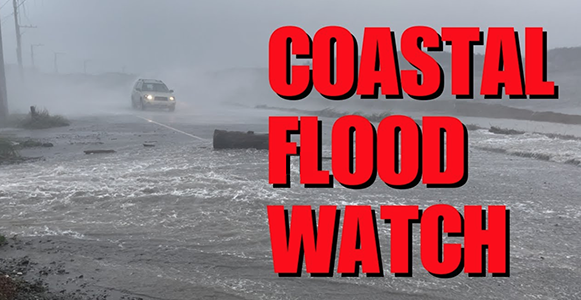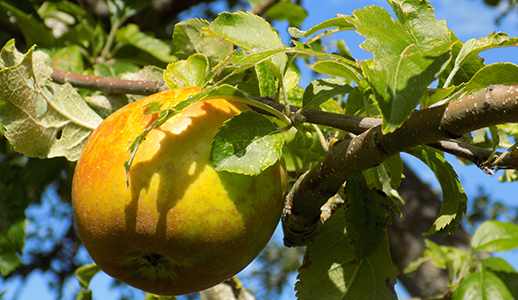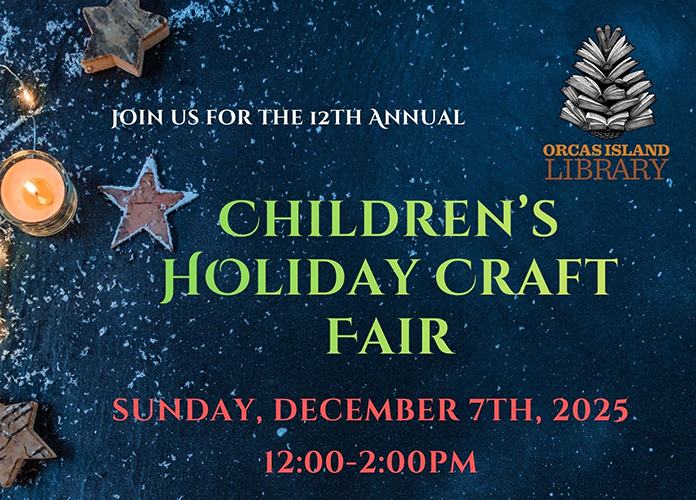||| FLOTSAM & JETSAM BY MAURICE AUSTIN |||
My father loved antique cars so much that he restored several Ford Model A specimens from the frame up. (One afternoon, we even drove little more than a frame around the neighborhood, with a milk crate bungeed to the frame for a seat and a coffee can full of gasoline duct-taped to a broomstick for a fuel supply.) Mom’s daily commuter was a ’49 Pontiac for years, until he upgraded her to a 1952 Chevy Styleline. I drove to school in a 1961 Nash Metropolitan, when I couldn’t talk dad into letting me drive the 1964 Corvair convertible.
Dad also dragged me around to car shows ad infinitum, and would have something to say about each vehicle, good or bad. He was practicing, I suspect, for what would become his hobby in retirement—volunteering a docent at the LeMay Family Collection at Marymount—which he loved, because he loved automobiles.
One of his stock comments sticks with me. When we’d be walking through a car show, he’d spy a nice-looking Model A or whatever and do a double take. Like a rancher sizing up a head of beef, he would approach, admiring the outline of the animal. Er—automobile. But as we approached, he’d begin pointing out issues. “See the rust bubbles under the paint on the bottom of the door panels?” He’d say. Or, “All that pitting on the chrome bumpers is a problem.” Once we were right up to the vehicle, the assessments would intensify: “Could’ve at least matched the door panel interiors to the carpet.” “Chromed the valve covers but still looks like the gaskets leak.” “Huh—those aren’t spoke wheels after all…just plastic.”
Invariably, as we would walk away from such a specimen in search of a cleaner head of cattle, he would look back and shake his head, perhaps in regret, perhaps in dismissal. “It’s forty-footer,” he’d say, And shrug, perhaps, or shake his head again.
That phrase stuck with me. “It’s a forty-footer.” Looks fine at a distance, until you get close-up—perhaps too close-up.
The same might be said of most of the Washington State Ferries current fleet serving the San Juan islands. The boats look great at a distance—until you’re loaded, and realizing how much rust a vessel in daily service in a saltwater environment can generate. Rust in streaks, unabated, and peeling paint and frayed, aged scraps of rope. At a distance, most WSF ferries look beautiful—if not forty-footers, four-hundred-yarders, perhaps (although most serious commuters will agree that any ferry arriving on time and scheduled to depart on time appears to be solid gold…or at least the pearlescent hue of the stuff dreams are made of).
The recent debate over the appropriateness of the Coca-Cola advertisement wrap on several WSF boats seems to the point. Easily viewable from afar, the wraps may be a harbinger of WSF improvements to come—of a cleaner and more healthy maritime animal of the future. Indeed, WSF should be encouraged in their “forty-footer” tactics as advertising platforms, and dial the scale down to capture the market share of those who, like my father, stick their noses critically into nooks and crannies, bulkheads and bollards. Just imagine! Instead of rust streaks, riders might see waterfalls of Coca-Cola products! Instead of peeling paint, Dr. Pepper get-up-and-at-er advertisements! What a productive, refreshing, and diabetic future it would be! And: 100% profitable and rust-free!
Alas, at some point, the expense of caring for antiques outpaces practicality. Let’s hope some sponsorship lipstick can keep this pig afloat for a few more years….
In the meantime, friend, may you experience timely loading, smooth unloading, and a good novel in-between.
**If you are reading theOrcasonian for free, thank your fellow islanders. If you would like to support theOrcasonian CLICK HERE to set your modestly-priced, voluntary subscription. Otherwise, no worries; we’re happy to share with you.**









Reading this was a lovely punctuation to my day! Thanks.